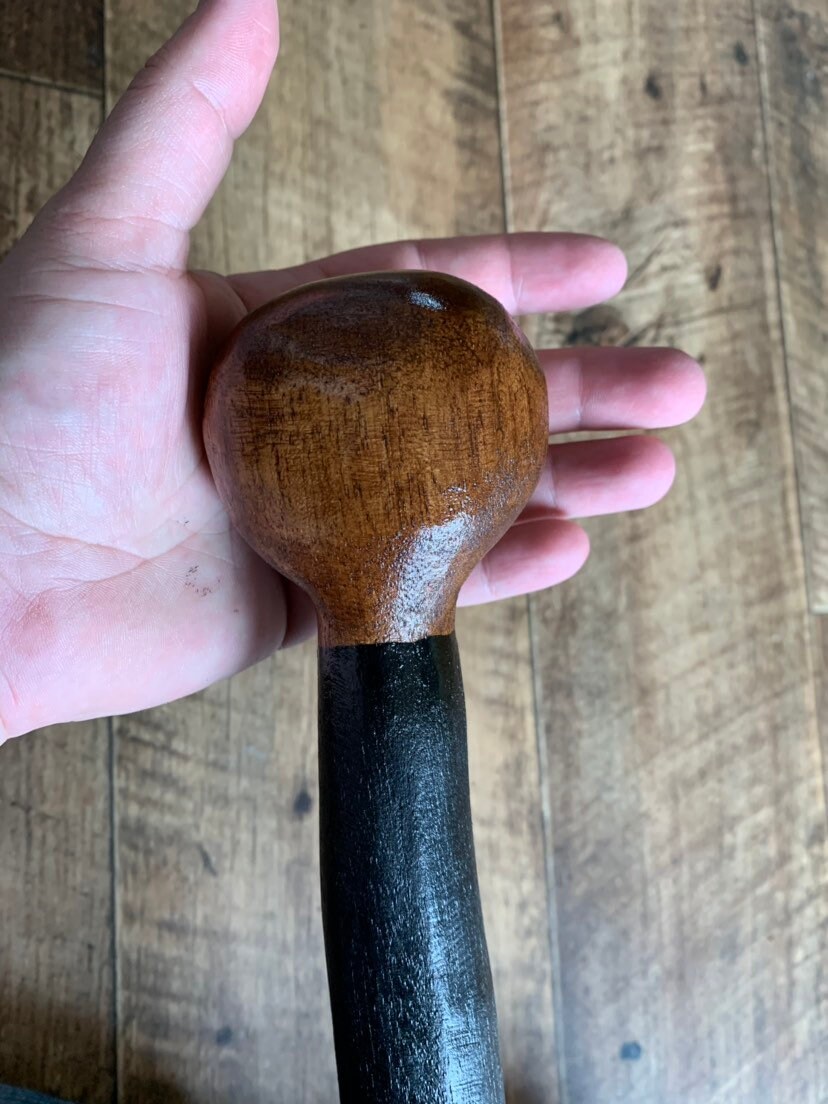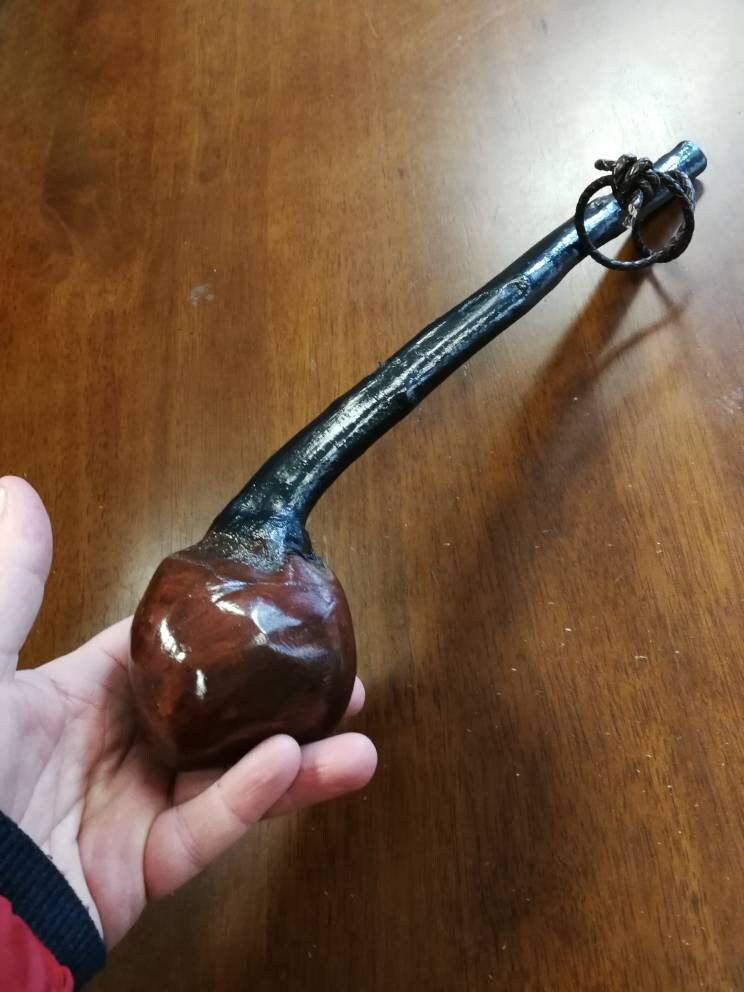
In 1966, the US Army began pressing General Westmoreland to field the tank in South Vietnam, but he declined, stating that with no main gun ammunition, the Sheridan was basically nothing more than a $300,000 machine gun platform. The Sheridan was a light aluminum-armored AFV designed to be air transportable and provide antitank support for airborne forces. The M81/MGM-51 was first installed on the M551 Sheridan. White Sands Missile Range Museum Shillelagh display Ford Aeronutronic underestimated the complexity of the task of designing a missile as advanced as this, and there were major problems with the propellant, igniter, tracker and infrared command link of the missile. The recoil from the gun throws all the missile optics off, limiting the use of the M551 to either anti-tank or bunker buster.īecause the system was so advanced, the development of the Shillelagh was fraught with problems. The main problem with the system is firing the main gun with a projectile vs. In general the gunners were able to achieve excellent hit rates.


Shillelagh tv#
Aiming the missile was simple the gunner simply kept his gunsight on the target, while electronics in the sighting system tracked the missile optically and sent corrections through an IR link (similar to a TV remote control). To keep the missile from spinning while in the gun due to the rifling, a small "key" fitted into a straight groove in the rifled gun. Once clear of the gun, the fins popped open and the engine ignited. The missile body consisted of a long tube with fold-out fins at the extreme rear, which was propelled from the new M81 gun with a small charge strapped on the rear. The basic system was quite advanced for its day. The missile was then known as the MGM-51A. The first test shots were fired in 1960, and limited production started in 1964. Ford won the contract and started work on the XM13. In 1958, the Army thought that existing knowledge was sufficient to begin work on a guided missile with a HEAT warhead, and in June 1959 Sperry and Ford Aeronutronic were asked for designs to fill the shorter range role. The US Army sought to overcome this problem by developing guided missiles that had shaped charge warheads and were accurate beyond a few hundred yards. However, the low speed of the round makes it hard to aim over longer distances. They also work better at larger diameters, and a large-diameter low-velocity gun makes for an excellent assault gun that can be mounted on light or medium-weight vehicles. A shaped charge's penetration is not strongly dependent on the speed of the round, allowing rounds to be fired at much lower velocities, and thus from much lighter guns. To overcome this potential difficulty, the US Army began to favor high-explosive anti-tank (HEAT), or shaped charge rounds in the 1950s. A new generation of guns, notably the British 105 mm Royal Ordnance L7, were able to cope with newer tanks, but it appeared that in another generation the guns needed would be too large to be practical. With the rapid increase in armor thickness during World War II, tanks were becoming increasingly able to survive rounds fired from even the largest of World War II-era anti-tank guns. The name of the system is that of a traditional wooden club from Ireland. Western forces largely gave up on the gun launched missile concept, although it remains in use on former Soviet Union designs.


Ultimately, very few of the 88,000 rounds produced were ever fired in combat, and the system was largely succeeded by the later BGM-71 TOW wire-guided missile, which was first produced in 1970. It was also used on the M60A2 "Starship", which was phased out by 1981. It was originally developed for the experimental but never produced MBT-70 tank and served most notably as a primary weapon of the M551 Sheridan light tank, but the missile system was not issued to units serving in Vietnam and was retired in 1996. Developing a system that could fire both shells and missiles reliably proved complex and largely unworkable. It was originally intended to be the medium-range portion of a short, medium, and long-range system for armored fighting vehicles in the 1960s and '70s to defeat future armor without an excessively large gun. The Ford MGM-51 Shillelagh (pronounced / ʃ ɪ ˈ l eɪ l i/ shil- AY-lee) was an American anti-tank guided missile designed to be launched from a conventional gun (cannon). Tank ( M551 Sheridan, MBT/KPz-70, and M60A2)


 0 kommentar(er)
0 kommentar(er)
